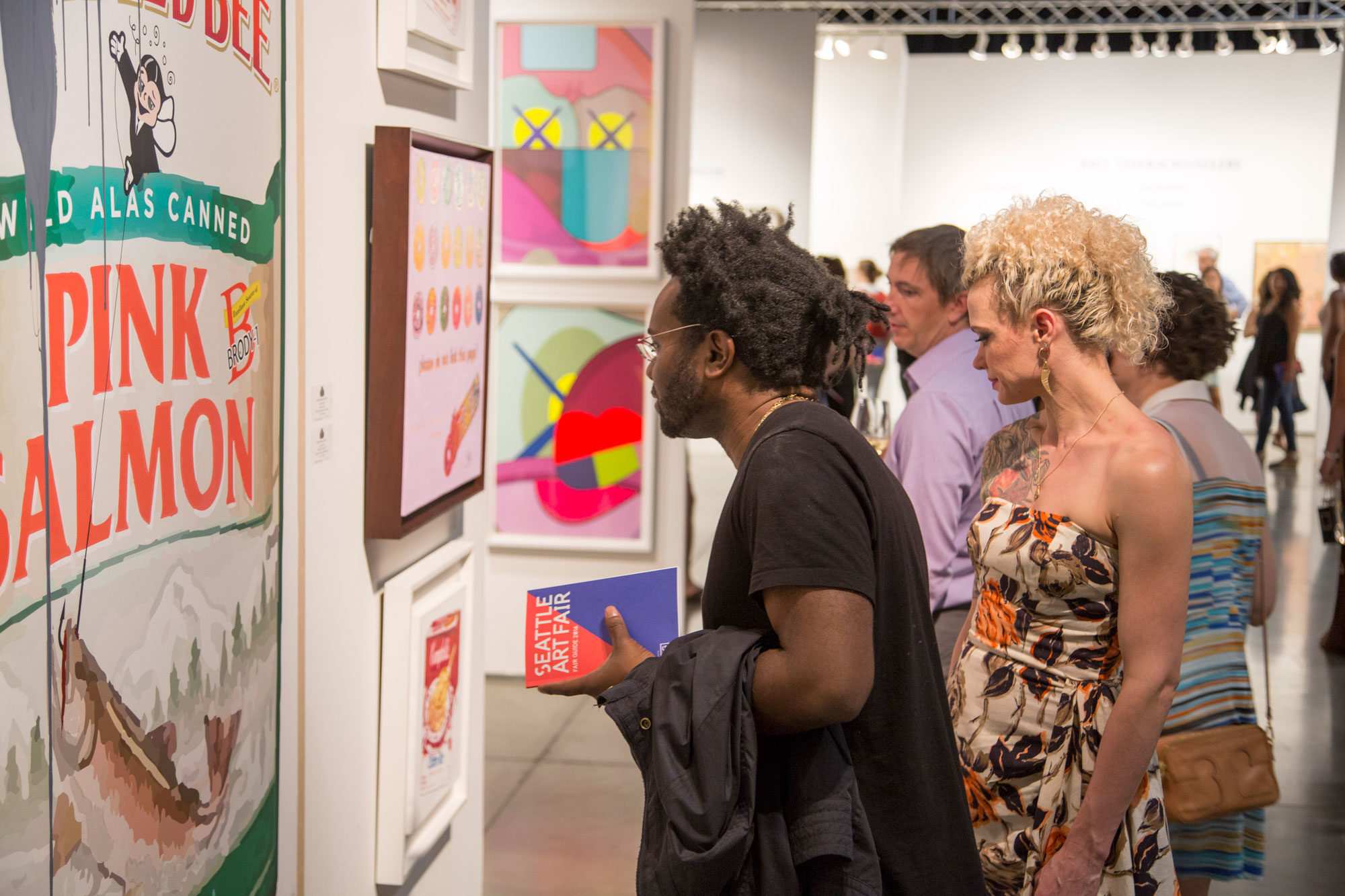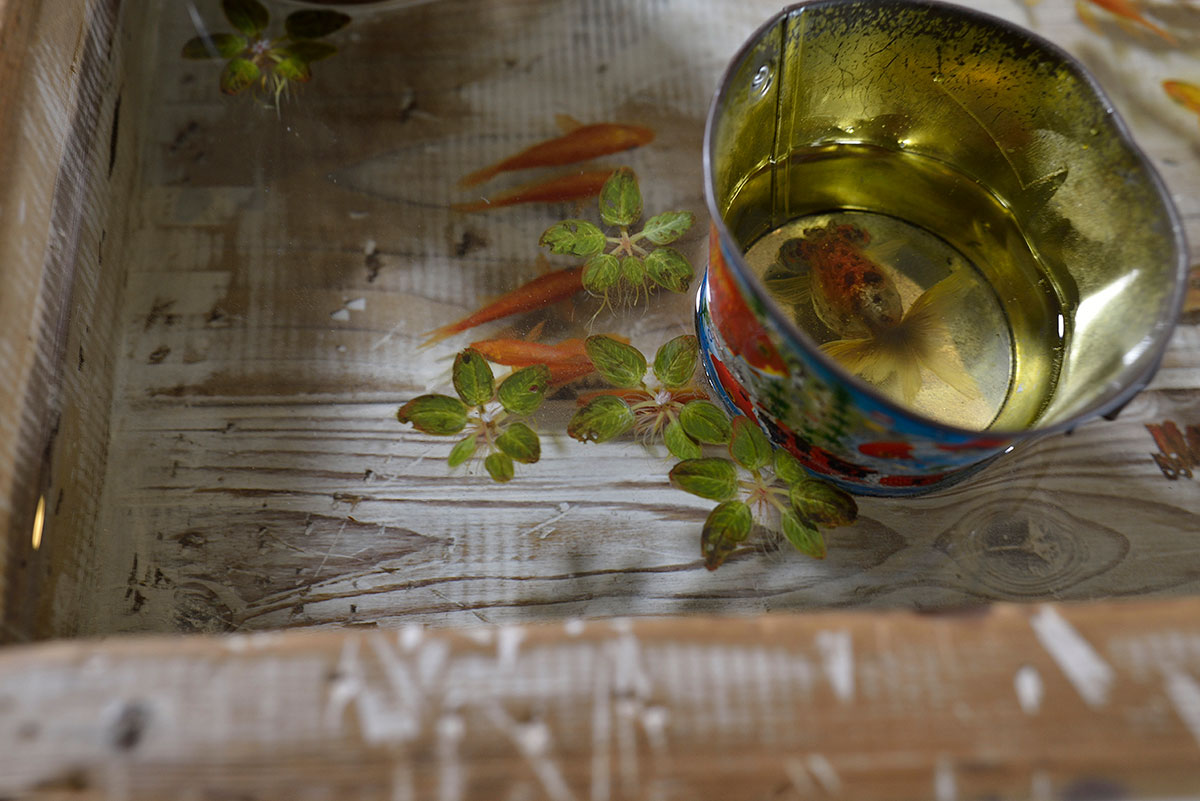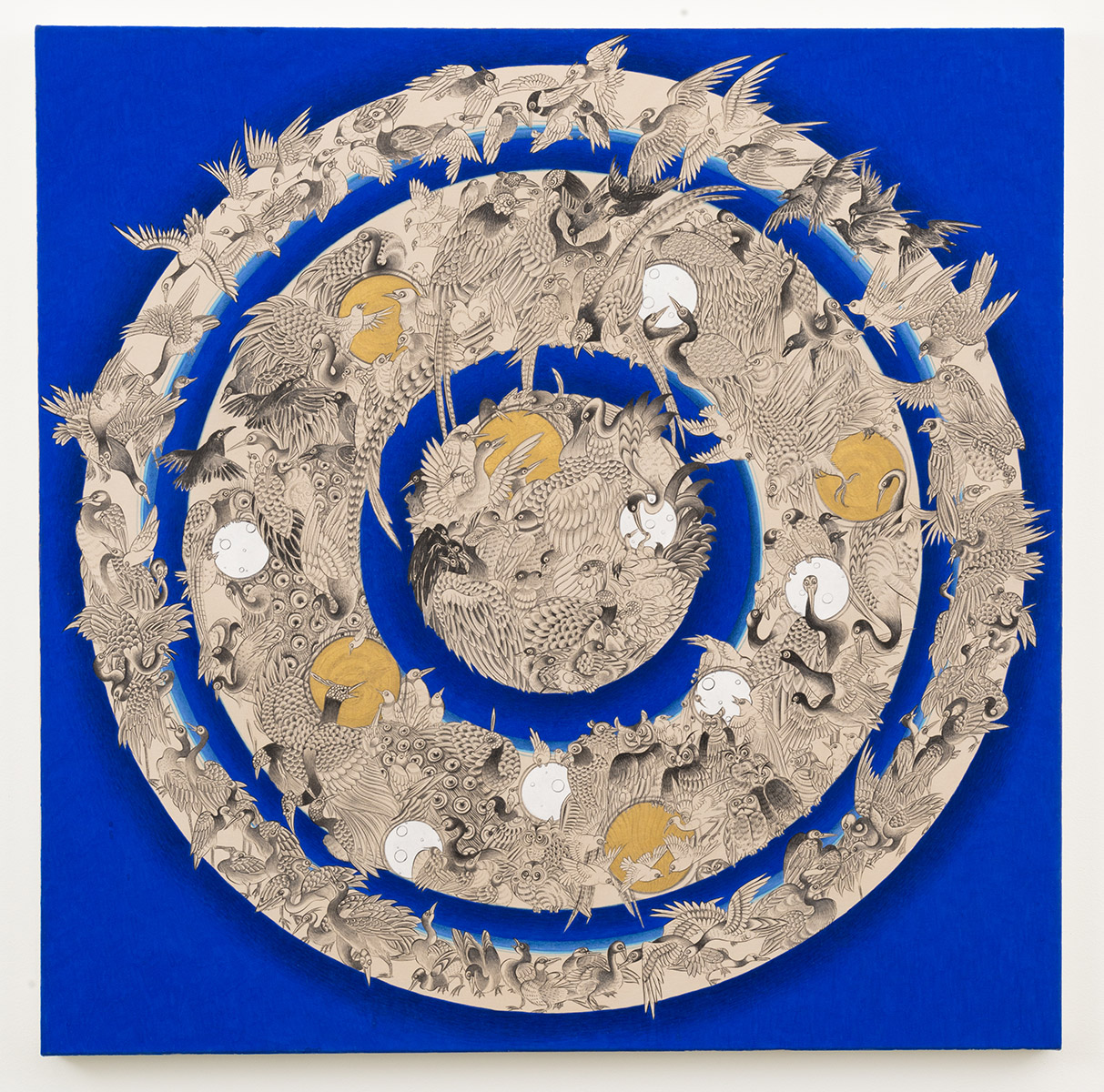Among the tentpole events that dominate the international art scene—Art Basel, Frieze, The Armory Show—the Seattle Art Fair stands apart. Seattle offers the best of two worlds: museum-quality presentations of blue-chip artists from leading galleries like Gagosian, David Zwirner, Pace, Galerie Lelong, Mizuma Art Gallery, and Perrotin juxtaposed with emerging artists from standout local exhibitors in the Pacific Northwest. It’s the kind of fair where you get the opportunity to discover an artist you haven’t been exposed to, and make a difference in their career. Here, Seattle Art Fair director Max Fishko explains why.
Art and Commerce Come Together at the Seattle Art Fair
Seattle Art Fair director Max Fishko talks supporting up-and-comers, cultivating an art market, and the daring nature of the city’s creatives.
Seattle Art Fair director Max Fishko talks supporting up-and-comers, cultivating an art market, and the daring nature of the city’s creatives.
Produced by Surface Studios in Partnership with the Seattle Art Fair June 06, 2017

Is the art scene in Seattle different from other places where you’ve worked?
It’s a really adventurous place. People are independent. They’re not caught up in all the same art world politics and trends. There are galleries that focus on different kinds of material, collectors making really bold choices, and institutions that highlight some very esoteric schools. I was pumped when I discovered that. It was definitely not a run-of-the-mill experience.
Was that community receptive to the idea of an art fair, or a little nervous about the idea of commercialization?
I think that there’s a healthy fear. There is enthusiasm, too. But in our first couple of outings, I think we’ve been very well received. Commercialization is an interesting concept: it can be a dirty word in the art market generally, but at the same time it also means that more work can be created. It can facilitate growth.

Have you changed anything since the first edition?
We’ve really had to step up our efforts to make sure we are continuing to live up to people’s expectations—to get bigger and better every year. The art fair business requires that you’re always reinventing yourself.
How would you define the average visitor to the Seattle Art Fair?
I don’t know if there is one. It’s a pretty diverse group. You have some of the most important collectors in the world, you have people who didn’t know what the Seattle Art Fair was until a week before. You have to play to a broad audience to make it an enjoyable event for everyone.
Do you think that helps it feels more inclusive than an art fair in a city like New York?
Think about it this way: if you’re putting on an art fair in New York, you’re going to be one of 40-plus fairs that will happen over the course of the year. So you don’t need to try and be all things to all people. But with Seattle Art Fair, we’ve really tried to continue the sentiment with which it was founded—to expose Seattle to world-class art, but also expose the art world to how world-class Seattle is.

Do you feel like the fair has been able to do that?
We’ve definitely seen an injection of energy and interest in the visual art world locally over the last couple of years. It’s pretty gratifying to see young collectors who bought their first piece at the Seattle Art Fair who are now going to galleries and becoming a meaningful part of the art world.

What makes a successful fair?
We really try to leave more than we found. Events like these can create opportunities, like an artist being discovered, beginning their career in a new place, or exposing their work to a new audience. A collector could buy a piece that permits a great artist to continue making work for another year. It could be that a young art student who is exposed to both the content and commerce of the art world, discovers that they have a little bit more faith—a reason to keep going. We’ve seen all of these things happen, and when they do, you feel like you did a good job.
_______________________________________________________
Surface Studios is the brand marketing unit of Surface Media.